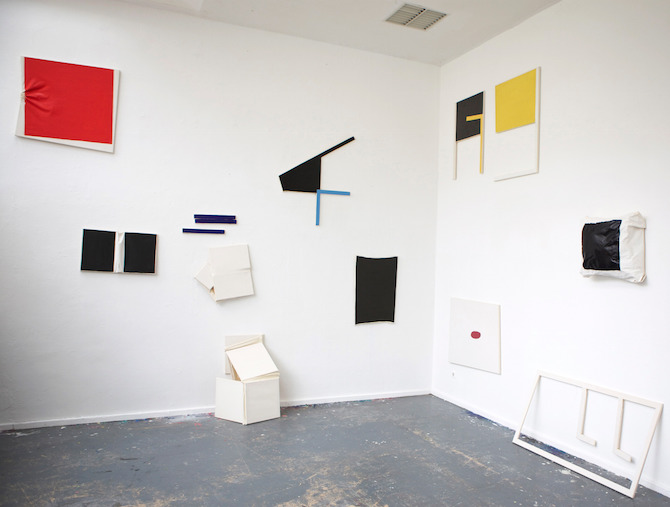
all works © Marco Stanke
Is it a painting? Or an object? The works of Nuremberg based artist Marco Stanke aim at liberating painting from its traditional limitations and transferring it into space. But in order to be acknowledged as objects his Parts are cleaving too closely to the painterly, whereas their battered and extensive shapes make it hard to let them pass for paintings. Marco Stanke’s works were displayed at the Galerie Haas in Ingolstadt from April to June 2015, as part of the group exhibition YOUNG BLOOD. A few days ago he was awarded with the Kunstpreis der Nürnberger Nachrichten for his Kollektiv, shown in the associated exhibition at the Kunsthaus Nuremberg until the 6th of September. I spoke to Marco about his cross genre approach, which leads not only into the three-dimensional but also into the musical space.
Jürgen Dehm: Marco, you are „Meisterschüler“ of Thomas Hartmann, which means you come from a painting class. Do you consider yourself a painter?
Marco Stanke: Yes and no. But even if my Parts are rather heading towards objecthood, all of them are developed with classic painting means. I revert to material that is traditionally associated with painting: nettle, glue, grounding, oil-paint, stretcher frames. And even if I ‘sculpt’ with those materials, the objects still evoke questions directed at the discipline of painting: How to deal with shape, surface, colour and space? Where does the image start, where does it end? Still I am aware that I could also pose these questions vice versa, from the perspective of a sculptor.
JD: You seem to struggle with the traditional concept of canvas on a rectangular stretcher frame. What do you dislike about it?
MS: The traditional rectangular canvas mainly serves the purpose of an image display, and despite the volume its character is rather immaterial. It is subordinate to the motive, which does not really bother me, but I do believe that the potential of painting does not solely lie within a rectangular shape or rather on it, but comprises the whole physicality of the picture. For me painting thus does not start on the canvas, but rather with assembling the stretcher frame. This trail of thought caused me to deal with painting in ways that lead to its objecthood.
JD: All of your works have the title Part. What is the whole? What is the Parts’ ratio to it?
MS: The Parts are summed up under the term Collective. At the moment there are 50 parts, which are chosen and hung dependent on the situation a space constitutes. What is displayed is always a selection of pieces adjusted to the individual characteristics of a space. The selection, which is shown in an exhibition, again only constitutes a part of the Collective. Every Part evokes questions regarding the medium. In my opinion, in order to convey a broad spectrum of questions, it always requires a sum of several parts.
JD: Do you imagine a prospective exhibition space, when working on your pieces?
MS: The space determines how many Parts are hang, in which way and where. There is no fixed order or hierarchy. The space provides the Parts with their function and totality. The space becomes the canvas on which the individual parts are placed.
JD: How important is the material you use for your works?
MS: Every component of my works has the same significance, stretcher, canvas, oil-paint, even glue or grounding are equally important. It is evident that by choosing typical fine art painting materials, the works reference painting, no matter how much the shape of a Part may divert from the classic panel painting. Currently I am questioning how evident the reference has to be, in order to create a state that can still be classified as painterly. Is paint or even colour really necessary? Or a stretcher? Or fabric? I was just thinking of a bucket that I have covered with nettle not too long ago…
JD: That sounds exciting. So your recent pieces are taking a step further towards the sculptural?
MS: Exactly. Materials come into play, which undoubtedly give a sculptural character to the pieces. Buckets, chairs, duckboards – objects of all kinds, which I cover in cotton and partially paint on. But actually I am planning to take a step ‘back’ to the surface, by making paintings of some of my Parts; therefore returning them into the traditional format of an image. This may sound contradictory to what I have said before, but I regard this as an enhancement of their objecthood. I like the idea of work being self-referential, as to react to the sculptural elements with traditional painting, therefore as to evoke an interplay with a double image character between painterly object and the motif of the image.
JD: Before you came to Nuremberg you studied German Literature and Art Education in Eichstätt. How important is literature for your artistic practise?
MS: The idea from early Romanticism of a ‘progressive universal poetry’– a poetry that is never completed – was to create a new synthesis of art, philosophy, and science, in principle of all aspects of life. I was always attracted by that idea and find it increasingly fascinating. A direct connection with my work might seem far fetched, but I do strive for an openness of the medium and try to avoid obviousness in order to extend the ‘painting bracket’. At the same time my Collective keeps expanding and never remains static. Rather than in literature I am more interested in language as a material and its function. I regard the Parts as an analogy for words, which, without a fixed grammar, can be assembled to new frameworks of meaning over and over again.
JD: What about music? Together with some of your colleagues you have a band called Hartjungs.
MS: The connection between my work and the band Hartjungs could be found in a similar attitude. There are no songs, no sets. No rehearsals, just shows, which oscillate between concert and interactive performance. We do not even label ourselves as a ‘band’, as the members live all over Germany. We simply have nothing to lose, as every performance brings out something new. But we have made it to Paris, to Vivienne Westwood, after all. The tentative attitude towards the project combined with its great potential, conveys an air of freedom and ease that I do aspire in my art as well, if not in all aspects of my life.
Current exhibition:
23.07. – 06.09.2015
Video of the Hartjungs show at the Academy of Fine Arts Nuremberg from 11 July 2015
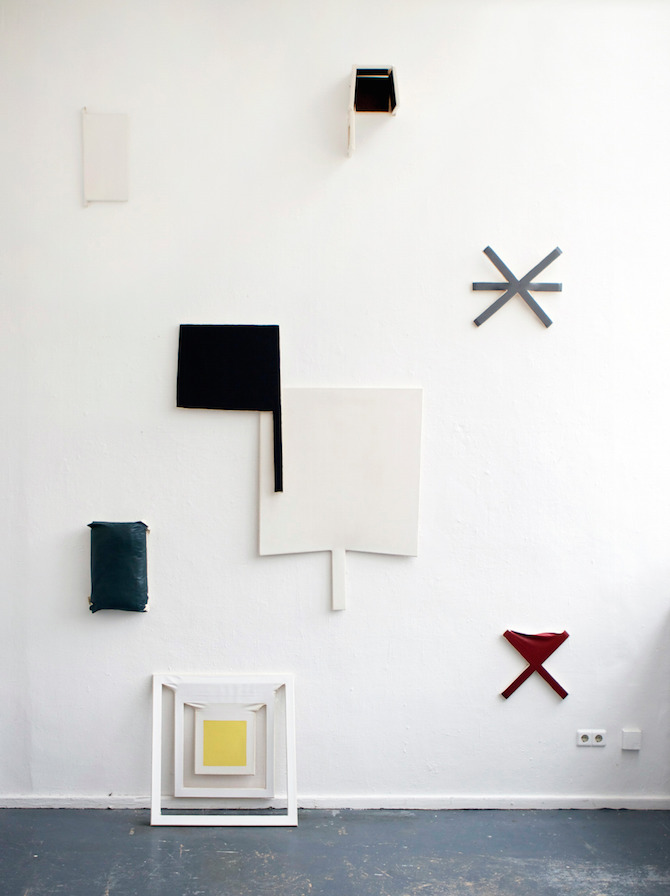
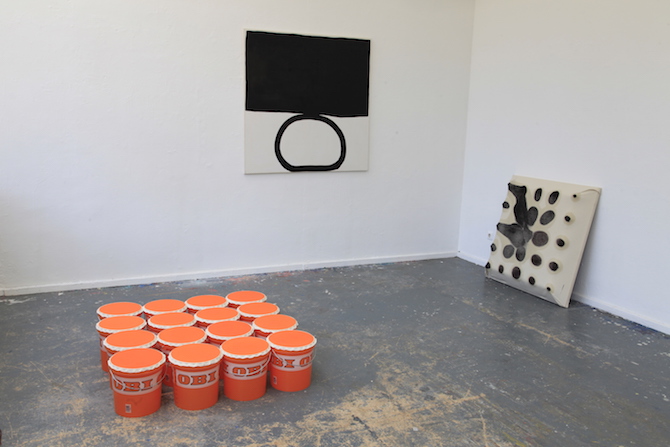
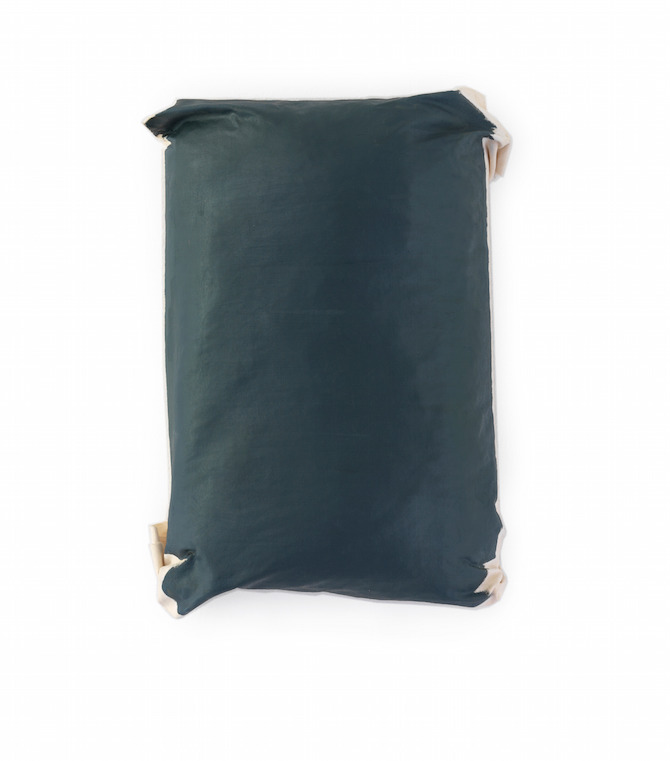
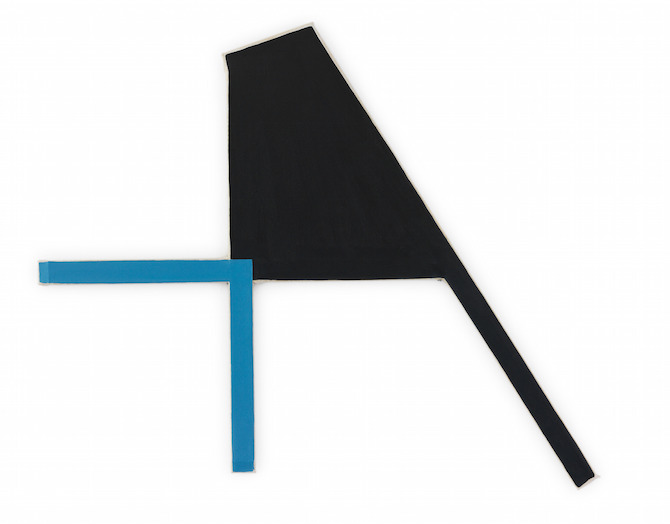
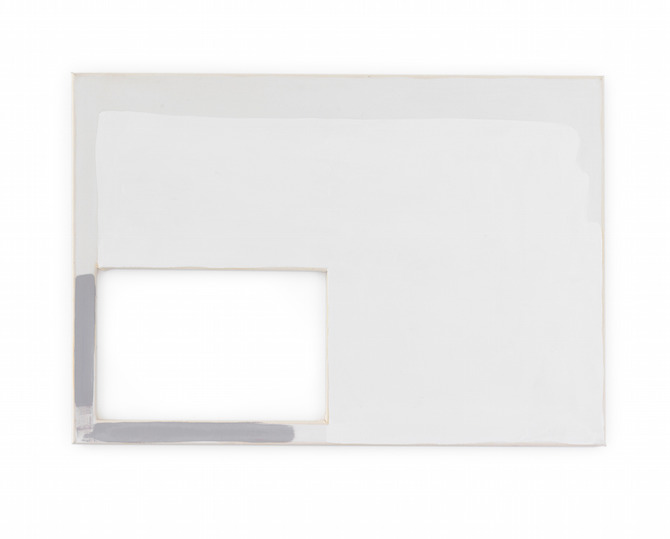
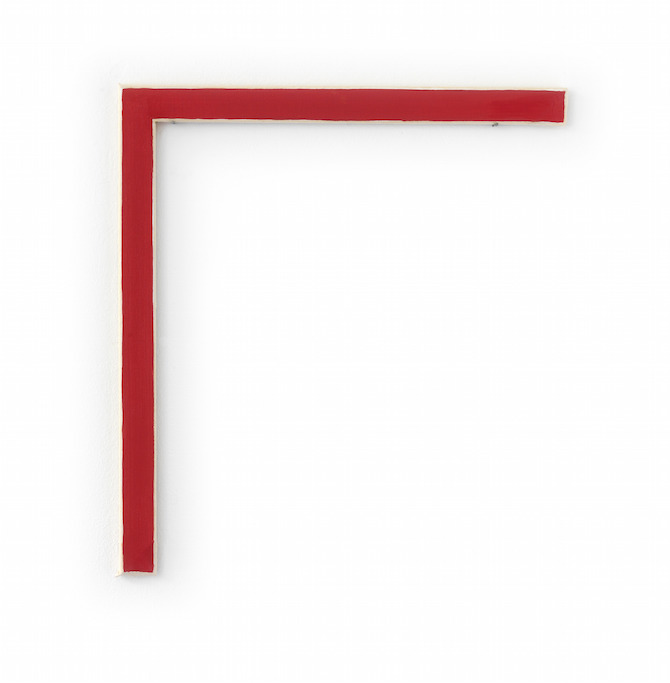
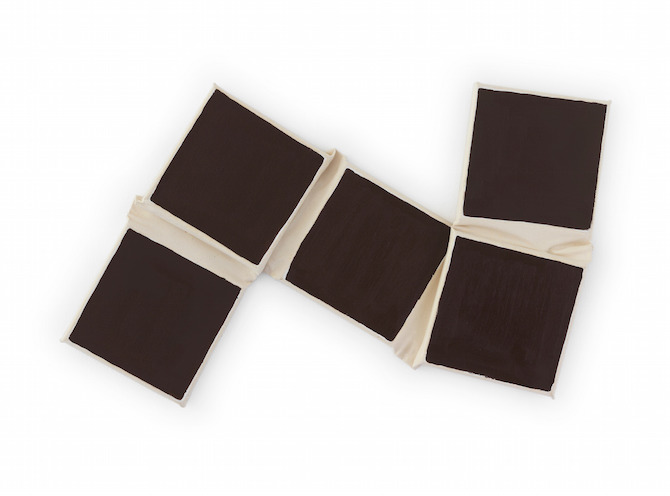
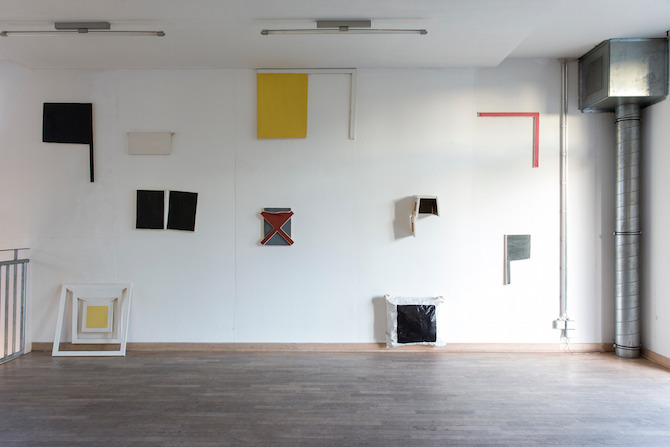
all works © Marco Stanke
